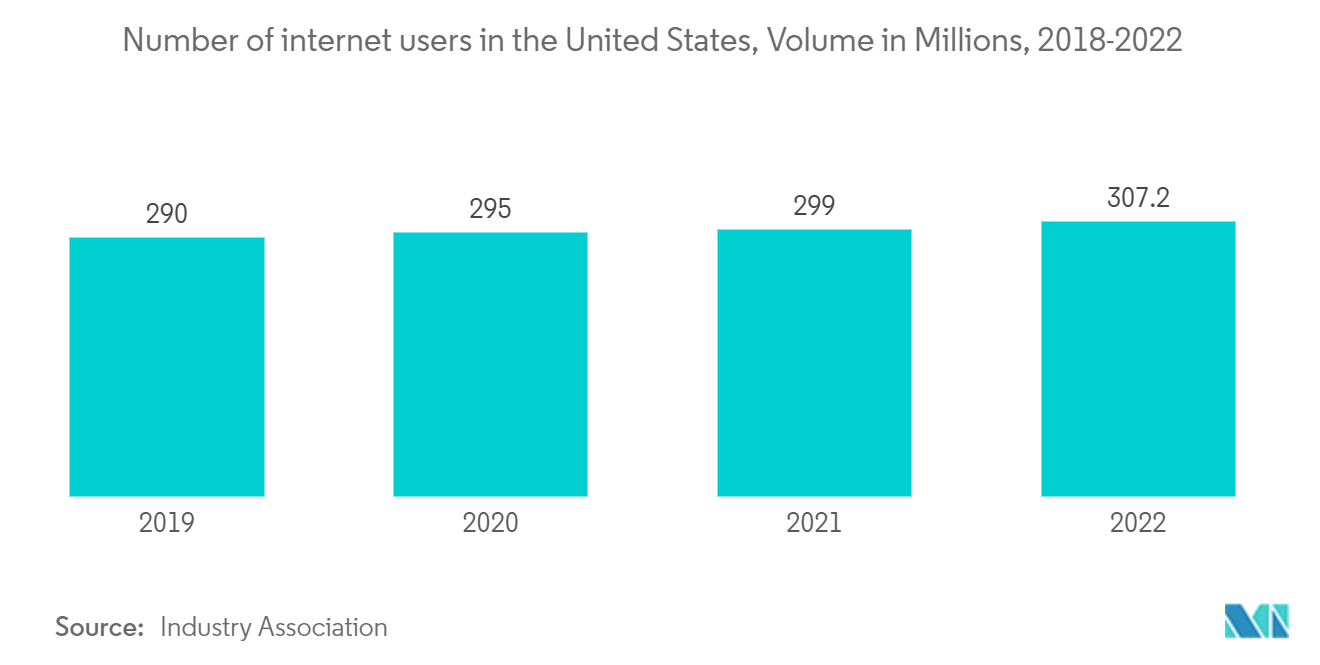Market Trends of US International Courier, Express, And Parcel (CEP) Industry
Courier Industry Witnessing Lucrative Growth
E-commerce growth is fueling the parcel shipping market, as consumers are ordering more online. With more consumers moving from offline to online shopping, courier companies have witnessed a rise in businesses delivering goods amid social restrictions, especially during festivals and holidays. Delivery companies have managed to book growth amid the pandemic-induced economic downturn.
The US shipped, received, and returned 21.2 billion parcels in 2022, 1.1 billion more than anticipated by pre-pandemic forecasts. The latest Index shows 58 million parcels were shipped in the US each day in 2022 – totaling around 674 parcels per second. Per capita parcel volume for the US declined nominally from 65 to 64 with an average of 162 parcels shipped per US household during 2022.
US parcel volume declined by 3% in 2022, with parcel volume reaching 21.4 billion in 2022, down from 21.7 billion in 2021. Carrier revenues exceeded all previous years’ figures totaling USD 198 billion, an increase of 6.5% from USD 186 billion in 2021.

Rising E-commerce Sector to Boost the International CEP Market in the United States
The US e-commerce market has evolved over the past decade. Retail e-commerce sales in the United States are projected to grow rapidly in the coming years, going from USD 470 billion in 2021 to over USD 560 billion in 2025.
Customer satisfaction with online retail in the United States is relatively high. However, online sales still represent only a small share of all retail sales in the United States. Meanwhile, the country had more than 307.2 million internet users in 2022, and eight out of every 10 users made online purchases. Online retailers and brand websites are popular e-commerce channels. However, online marketplaces and social media are gaining relevance among online shoppers.
A growing trend within the US e-commerce market is the increasing presence of mobile shopping. Smartphones are mostly used for online shopping in the United States. This large base of mobile buyers has an impact on mobile commerce revenue. The average value spent per order while shopping from a cellphone is also increasing compared to a desktop, even though conversion rates still lag in the mobile segment.


